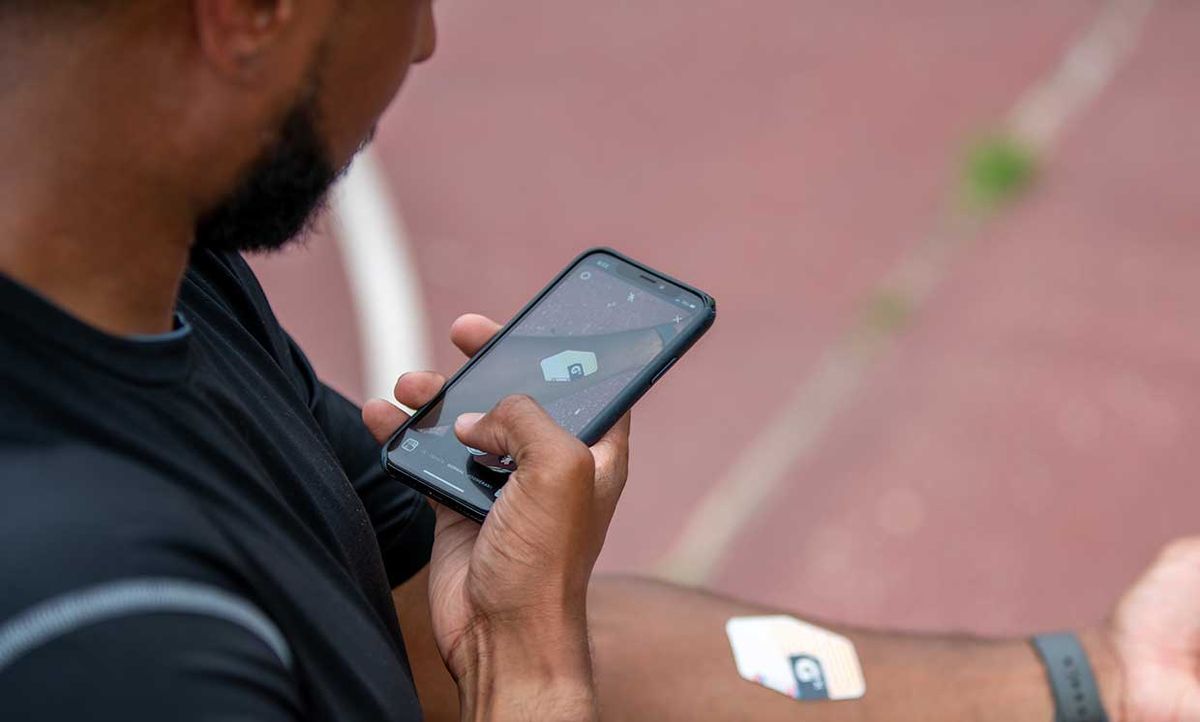Into this stay-at-home era of DIY personal training comes the first sweat-monitoring patch intended for broad consumer use. Rolling out this week from PepsiCo is the Gx Sweat Patch, developed by startup Epicore Biosystems in partnership with PepsiCo subsidiary Gatorade. It measures the rate of perspiration and the sodium chloride concentration in that sweat.
The aim? To track sweat loss during physical activity and heat stress and use that information on a personalized basis to recommend exactly how much and how often the athlete should drink to properly replace fluids and electrolytes to avoid dehydration and impaired performance. In the future, its developers predict, information from the patch will be used to help athletes determine their optimal diet and sleep patterns.

The patch will go on sale today, in sporting goods stores and online, at a suggested price of US $24.99 for a pack of two. It represents Gatorade’s first move into the world of digital products and apps for athletes.
Epicore has been testing its flexible, stretchable, single use patch on athletes for some time. The device routes sweat through microfluidic channels cut into stacks of thin-film polymers. In one of the microchannels, used to track sweat rate and volume, the excreted sweat is dyed orange to make it visible as it moves through the pathways. In the other, chemical reagents react with the chloride in the sweat and turn it purple, with the intensity of the purple color corresponding to the concentration of the chlorine ions detected.

After wearing the device on the inner left forearm for the duration of a workout, the user scans the patch with a smartphone. Then the Gx app uses that image, along with previously input data like weight, sex, workout type, and the environment, to create what the company calls a “sweat profile” and make recommendations about the individual’s fluid intake.
In recent clinical trials involving 60 players in the National Basketball Association’s G-League, PepsiCo and Epicore tested the patch, worn on the left forearm of each athlete, against an absorbent pad worn on the athlete’s right forearm. The researchers compared the snapshot reading from the patch against laboratory tests conducted on the sweat collected by the pad, demonstrating comparable results.
Previously, the Gatorade Sports Science Institute and Epicore published the results of a similar large scale trial of the patch on more than 300 bicyclists, track and field athletes, and others exercising in real world conditions, outside of the laboratory environments.
Microfluidic technologies have been used in many applications including DNA chips, point of care diagnostics, and inkjet printing. These devices tend to be rigid, and not suitable for use in a wearable.
“The Gx Sweat patch is the first soft, conformal, and skin-interfaced microfluidic patch that has entered the consumer health and fitness arena,” says Epicore co-Founder and CEO Roozbeh Ghaffari.
After getting a sample patch from PepsiCo this past weekend, I can attest that it is indeed comfortable to wear. It feels like the kind of sticker store clerks sometimes hand out to children, and, a few minutes after attaching it to my skin, I no longer felt it. The accompanying app was simple enough to use, and the scan feature found and photographed the patch almost as soon as I got my arm into the camera’s view. I took a long, brisk walk, hoping I would work up enough of a sweat to get a reading, however, the cool February weather worked against me, and I literally came up dry. I’ll try it again on a warmer day, or when I can get back into a gym post-pandemic.
Tekla S. Perry is a senior editor at IEEE Spectrum. Based in Palo Alto, Calif., she's been covering the people, companies, and technology that make Silicon Valley a special place for more than 40 years. An IEEE member, she holds a bachelor's degree in journalism from Michigan State University.



